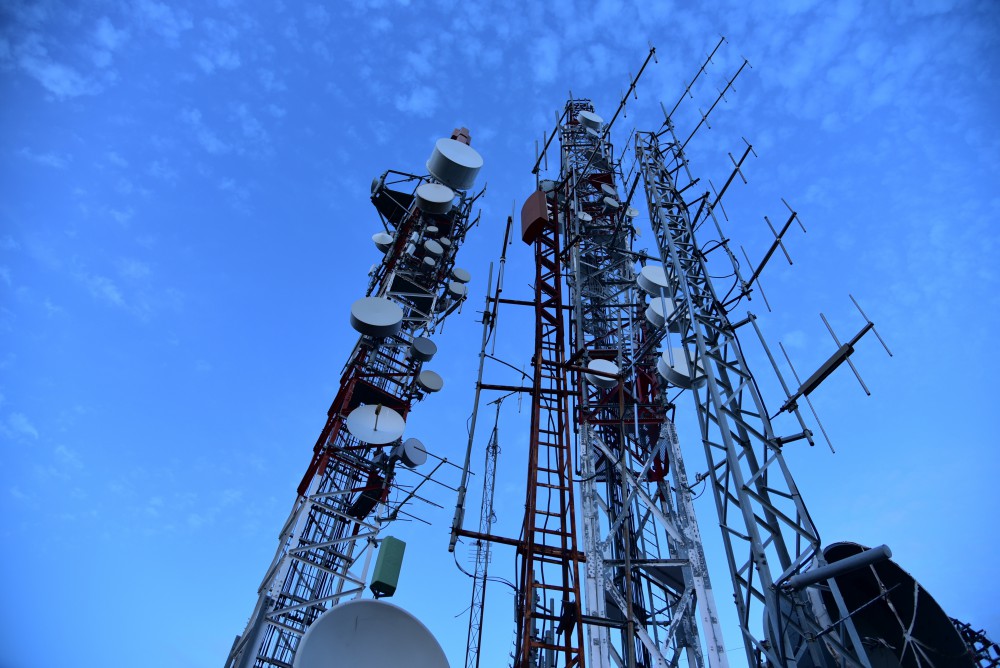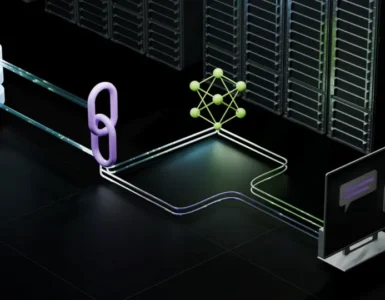We witness how the telecom industry is changing every day and artificial intelligence is the main driving force of it. The telecom networks of today connect people. The telecom networks of tomorrow will not only connect people but also things, factories and offer immersive video use cases with the help of 5G and IoT. All these innovative requirements put stress on the telecom networks to enable these uses cases. They will encourage a fundamental shift in the design, creation and operation of these telecom networks of the future, underlines Gaurav Dixit, Head of Automation and AI Development at Ericsson, during his presentation at Data Innovation Summit 2019. Gaurav Dixit gave insight into how Ericsson transformed their service and product portfolio by deploying artificial intelligence and automation technology to tackle challenges 5G poses on telecom and IT networks.


How Ericsson deploys artificial intelligence and automation technologies
Ericsson has always been the leader with adopting new disruptive technologies and integrating them into their service portfolio. “We are transforming ourselves and bringing the benefits to our customers’, explains Gaurav.
Ericsson doesn’t see the 5G architecture as a monolithic AI stack. They have embedded artificial intelligence in each of the architecture layers as an end-to-end federated AI across their entire products and services suite, expounds Gaurav. From Billing and Charging to Management and Orchestration to the 5G access, network services, all components work together as an entity to provide the maximum benefit of the 5G network to their customer as a superior customer service.
But if AI and automation are the solutions, there must be a problem to solve. Gaurav explains that their ultimate goal is a superior end-consumer experience by providing state-of-the-art network performance, which in turn will lead to new revenues by leveraging the new use cases enabled by 5G and IoT resulting in improved efficiency by reducing OPEX.
So, it’s a chain of components interdependent among each other, starting with AI technologies and ending with the ultimate goals of superior customer experience.


Lessons learnt by providing AI-enabled services and products
Ericsson has been deploying AI and automation technologies in their portfolio for several years and they can give insight into several lessons they’ve learned along the way.
Access to data
“Data is to the AI technologies like air is to humans”, portrays Gaurav. So access to data, but also the right quality of data, the right contractual rights, data management and governance – this is the first and foremost step into the adoption of AI.
Applications and platforms
The next step for consideration is the right applications and platforms because as Gaurav states, data has to be stored somewhere. Ericsson’s platform of choice is a cloud-based platform for providing flexible and scalable services.
Speaking from experience, Gaurav says that these two technology components constitute only 40% of all efforts. The rest 60% of this iceberg belong to the other components of processes and people because they’re part of the change management effort which means a fundamental revamp of how people work and how they are evaluated. As new technologies are introduced, there is a need for new competencies, people need to be re-skilled, which also requires a culture change.


How Ericsson tackles the changes brought on by technology
Gaurav mentions 3 pillars on which Ericsson rests for successful AI and automation application:
- Business and Data ecosystem – End-to-end federated AI across product & service portfolio. As previously stated, they have embedded AI into every layer, and they use it for predicting customer behaviour, dynamic orchestration, predicting incidents, etc.
- Ericsson Research – is where the 2G, 3G, 4G and 5G were invented. A brain house that holds 750 researchers, out of which 100 are working on Ai related technologies and which they tap into for ideas for solving customer problems.
- Competence – Center of Excellence or Global AI Accelerator – The Center of Excellence has 300 data scientists and offers competence that they need to scale the solutions they create together with Research.


How does everything work together?
As Gaurav mentioned earlier, the first and ultimate guideline is their customers. “Everything starts with the customer”, emphasises Gaurav. They work in a use case-driven, customer-centric, fast prototyping manner. They directly talk to customers to discover their pain points, together with Research look for ways to solve the pain points, test the possible solution within the business unit together with the customer, and scale it with the help of the Global AI Accelerator.
AI use cases
Ericsson’s Managed Services business unit has several proven AI use cases across the three arms: network operations, IT operations and design and optimisation.
To give an example, Gaurav explains the Field Dispatch Optimisation use case which involves technical personnel going to the site of the defect to fix it and costs a lot of money. After talking to a customer, they discovered that 10% of the field dispatches were a false alarm. To solve the problem, they analysed the data and are now able to predict 9 out of 10 field dispatchers which are not necessary. The solution directly influences customer bottom line and saves unwanted costs.
As for the necessary dispatches, by way of a logical tree, they can predict if someone needs to climb a network tower and what equipment they would need and thereby save valuable resources.


AI is a journey, not a destination
AI adoption is not the goal itself, it’s a journey and should be treated as such. Ericsson has been on this journey several years and can proudly say they have reached the AI and machine learning use cases industrialisation. As for future aims, Gaurav says they have their target set on machine reasoning which is the automation of human-like knowledge.
We are already experiencing the network of tomorrow as commercial 5G networks are already live all across the world connecting more IoT devices and users have started feeling the benefits.














Add comment